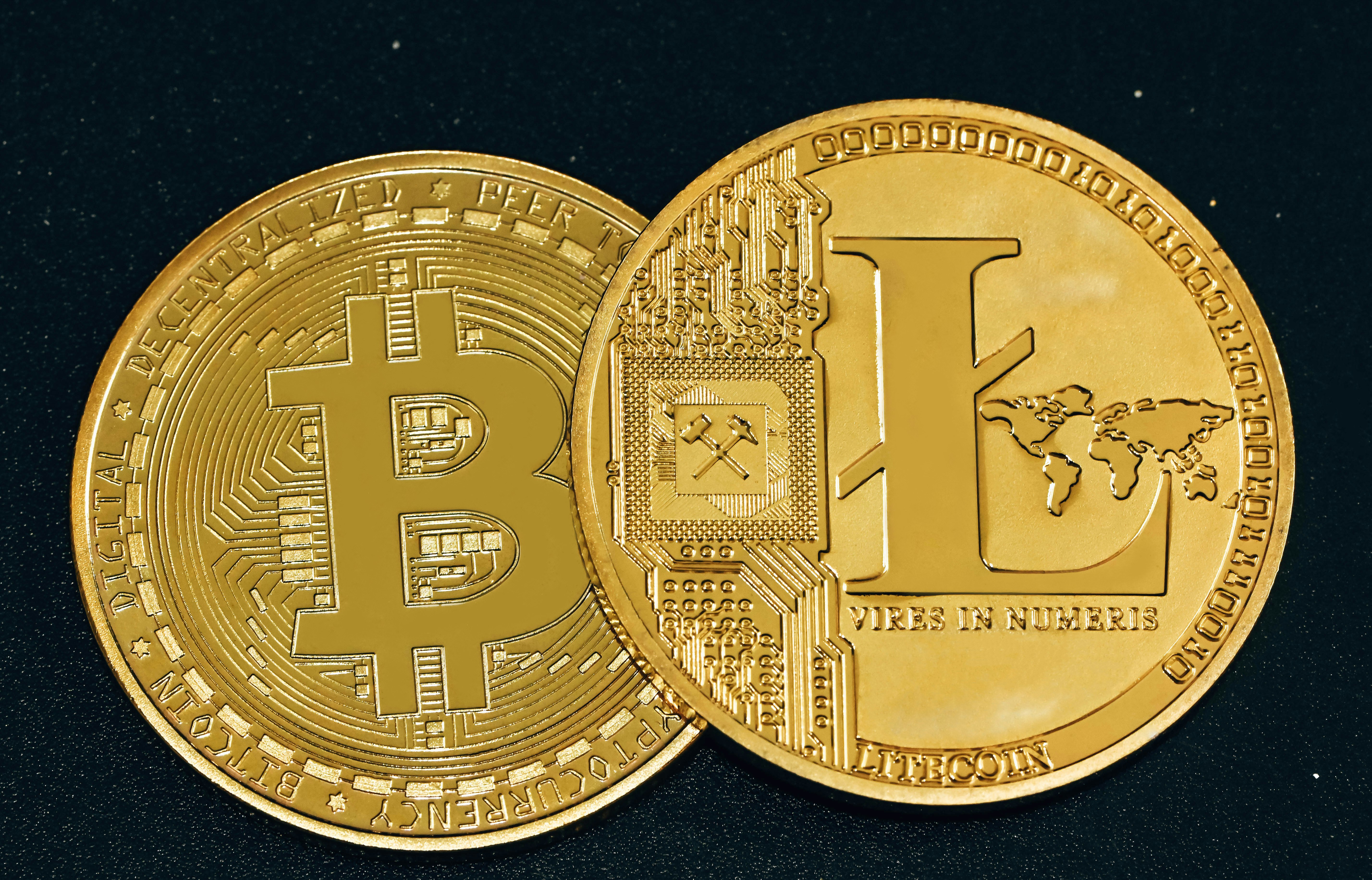Key Takeaways
- Transaction Record: A block permanently stores a batch of new Bitcoin transactions on the public ledger.
- Cryptographic Link: Each block contains a hash of the prior block, creating a secure, immutable chain.
- Block Reward: Miners receive a reward, currently 6.25 BTC, for successfully adding a new block.
- Time Target: A new block is discovered approximately every 10 minutes through the mining process.
What Is a Block?
A block is a file on the Bitcoin blockchain where transaction data is permanently recorded. Think of it as one page in a massive, public digital ledger. Each block holds roughly 1 megabyte (MB) of data, which can accommodate several thousand transactions, from large transfers of Bitcoin (BTC) to payments of just a few satoshis (0.00000001 BTC).
Once a block is filled with verified transactions, miners compete to add it to the blockchain. Every new block contains a unique cryptographic signature, or hash, from the one preceding it. This process forms a secure, chronological chain that is exceptionally difficult to alter, making the entire history of transactions permanent and publicly viewable by anyone on the network.
What information is in a block besides transactions?
Beyond the list of transactions, each block contains a header with critical metadata. This includes a timestamp marking its creation, the cryptographic hash of the previous block, and the proof-of-work solution that miners discovered to validate the block.
The History of the Block
The block concept was introduced in the 2008 Bitcoin whitepaper by Satoshi Nakamoto. It was a direct solution to the double-spending problem, which plagues digital cash systems. By grouping transactions into cryptographically linked blocks, Nakamoto created a decentralized, time-stamped public ledger that prevents fraudulent duplication of funds.
The first block, known as the Genesis Block, was mined on January 3, 2009. This event marked the birth of the Bitcoin network. The block's fundamental design, including its 10-minute discovery target and reward system, established the economic incentives and security model that still govern the protocol today.
As Bitcoin's popularity grew, the original 1-megabyte block size limit became a point of intense debate. This conflict over how to scale the network for more users highlighted the block's critical role. It forced the community to confront the fundamental trade-offs between transaction speed, cost, and network decentralization.
How the Block Is Used
In practice, a block's role extends beyond simple data storage, forming the foundation for several critical network functions:
- Transaction Confirmation: Miners bundle thousands of pending transactions into a candidate block. Once added to the chain, all transactions within it receive their first confirmation. Most exchanges require 3-6 confirmations, or about 30-60 minutes, before crediting a user's deposit.
- Network Security: Each block contains the hash of the one before it, forming a cryptographic chain. To alter a past transaction, an attacker must re-mine that block and all subsequent ones, requiring more than 51% of the network's total hash rate.
- Issuing New Currency: Each new block creates new bitcoin via a special coinbase transaction. This block reward, currently 6.25 BTC, is the primary incentive for miners. The reward is programmed to halve approximately every 210,000 blocks, or about four years.
- Decentralized Timestamping: A block's timestamp and its position in the chain provide irrefutable proof that the data within it existed at a specific point in time. This function acts as a global notary service for any digital information included in a transaction.
How Do Blocks Differ From Traditional Database Entries?
While a block stores data like a database entry, its structure is fundamentally different. A traditional database is centralized and mutable, meaning a single administrator can alter records. A block, once added to the blockchain, is permanent and distributed across a global network for all to see.
- Immutability: Blocks are cryptographically linked, making past data nearly impossible to change. Database entries can be easily edited or deleted by an administrator.
- Decentralization: The blockchain is maintained by a distributed network of participants. A traditional database is typically controlled by a single entity.
- Transparency: Most blockchains are public, allowing anyone to view the entire history of blocks. Database access is usually restricted and private.
The Future of the Block
The block's role is shifting from processing every transaction to acting as a final settlement layer. Layer 2 protocols like the Lightning Network handle high-volume, small-value payments off-chain, bundling thousands of transfers into just two on-chain transactions, thereby conserving valuable block space for significant settlements.
This relationship makes the block the ultimate security and arbitration layer for the network. While the Lightning Network provides speed and scale for commerce, the block offers finality. Disputed channel states are resolved by broadcasting a final transaction to be immutably recorded on the main blockchain.
Join The Money Grid
To access the full potential of digital money, you can connect to a global payments network built on Bitcoin’s open foundation for real-time, low-cost transfers. Lightspark provides the infrastructure for instant Bitcoin payments, Lightning Network integration, and self-custodial wallets, giving you the tools to build the future of finance.



